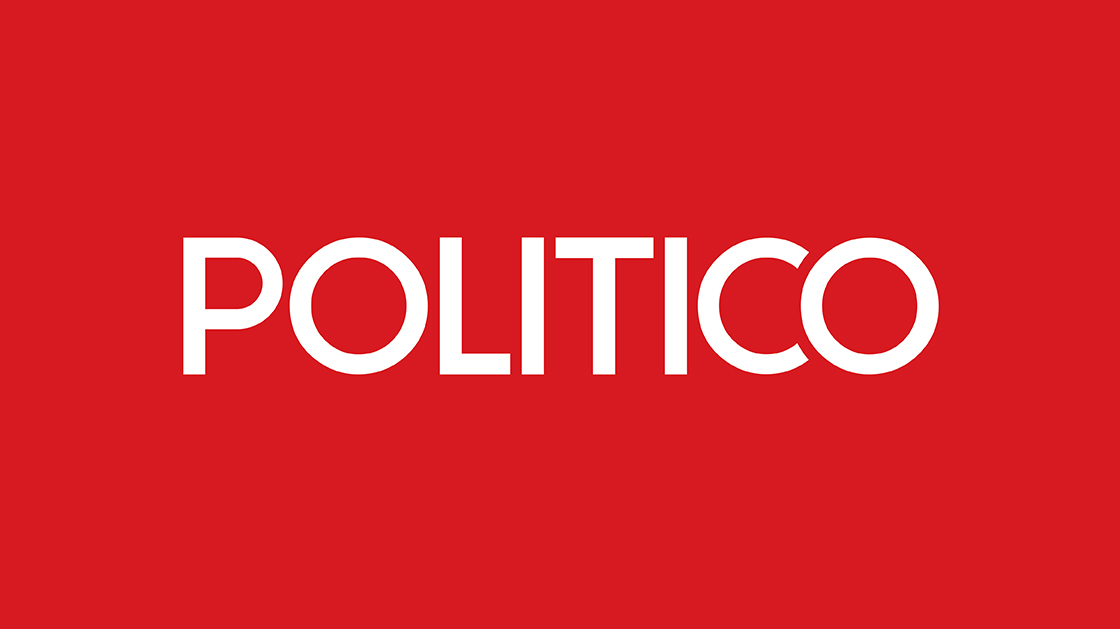Union in Transition: 1199SEIU's Critical Moment of Reckoning

Tensions are rising among members of 1199SEIU United Healthcare Workers East, the nation's largest health care union, as concerns mount about the transparency and allocation of their monthly membership dues. Healthcare workers are increasingly demanding clear answers about how their hard-earned money is being spent and seeking greater accountability from union leadership.
The growing unrest reflects a broader desire for financial transparency and trust within the organization. Union members are asking pointed questions about the precise breakdown of their dues, seeking detailed information on administrative costs, political contributions, and other financial commitments that impact their collective resources.
As one of the most influential healthcare worker unions in the United States, 1199SEIU finds itself under scrutiny from its own membership, who are eager to understand the full financial picture of their organization and ensure that their contributions are being used effectively and responsibly.
